NASA Astronomy Picture of the Day 30 May 2023: The awesome Dumbbell Nebula!
Today’s NASA Astronomy Picture of the Day is planetary nebula M27, also known as the Dumbbell Nebula, which is located about 1360 light-years away towards the constellation of Vulpecula.
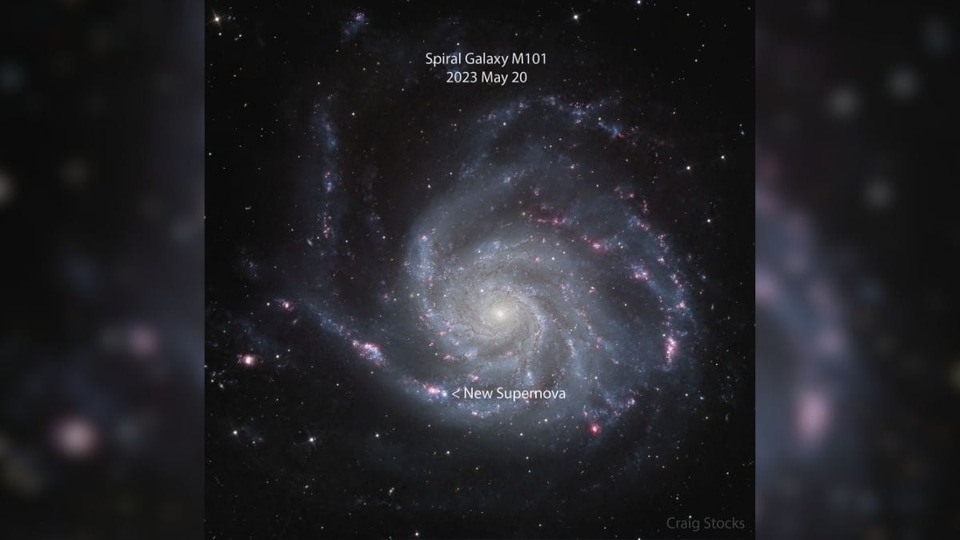
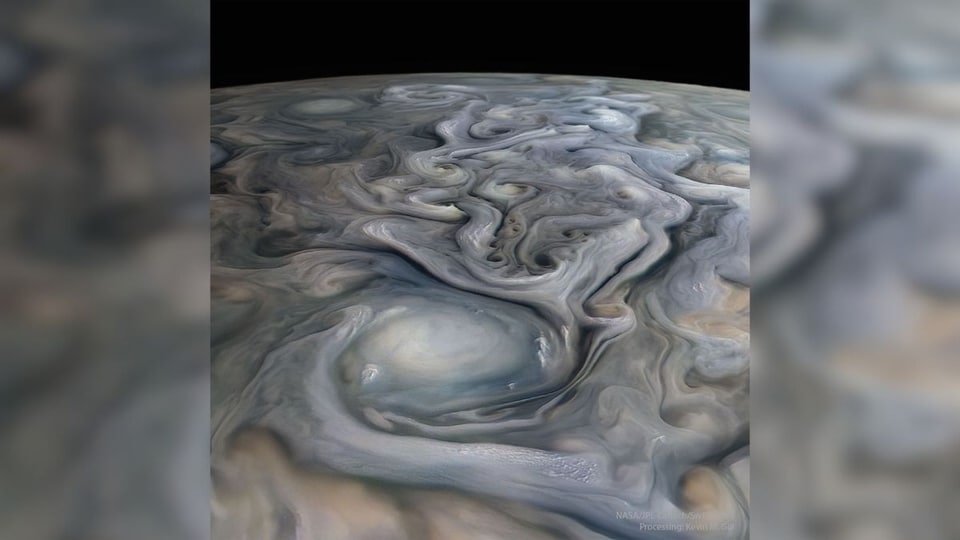
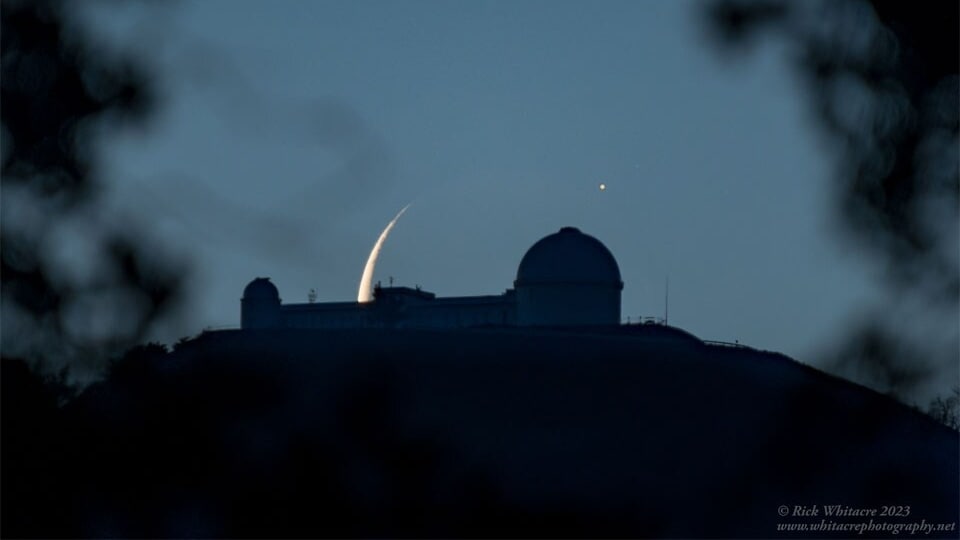
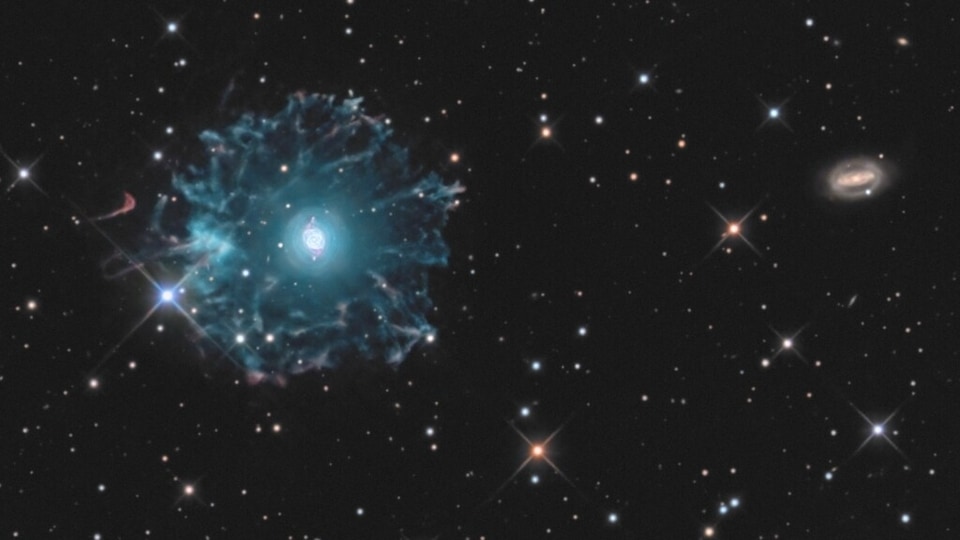
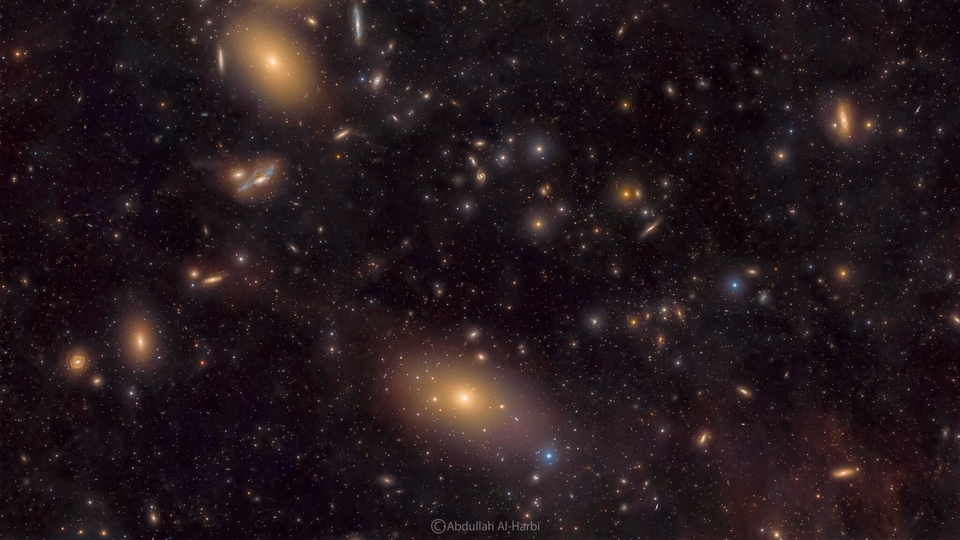
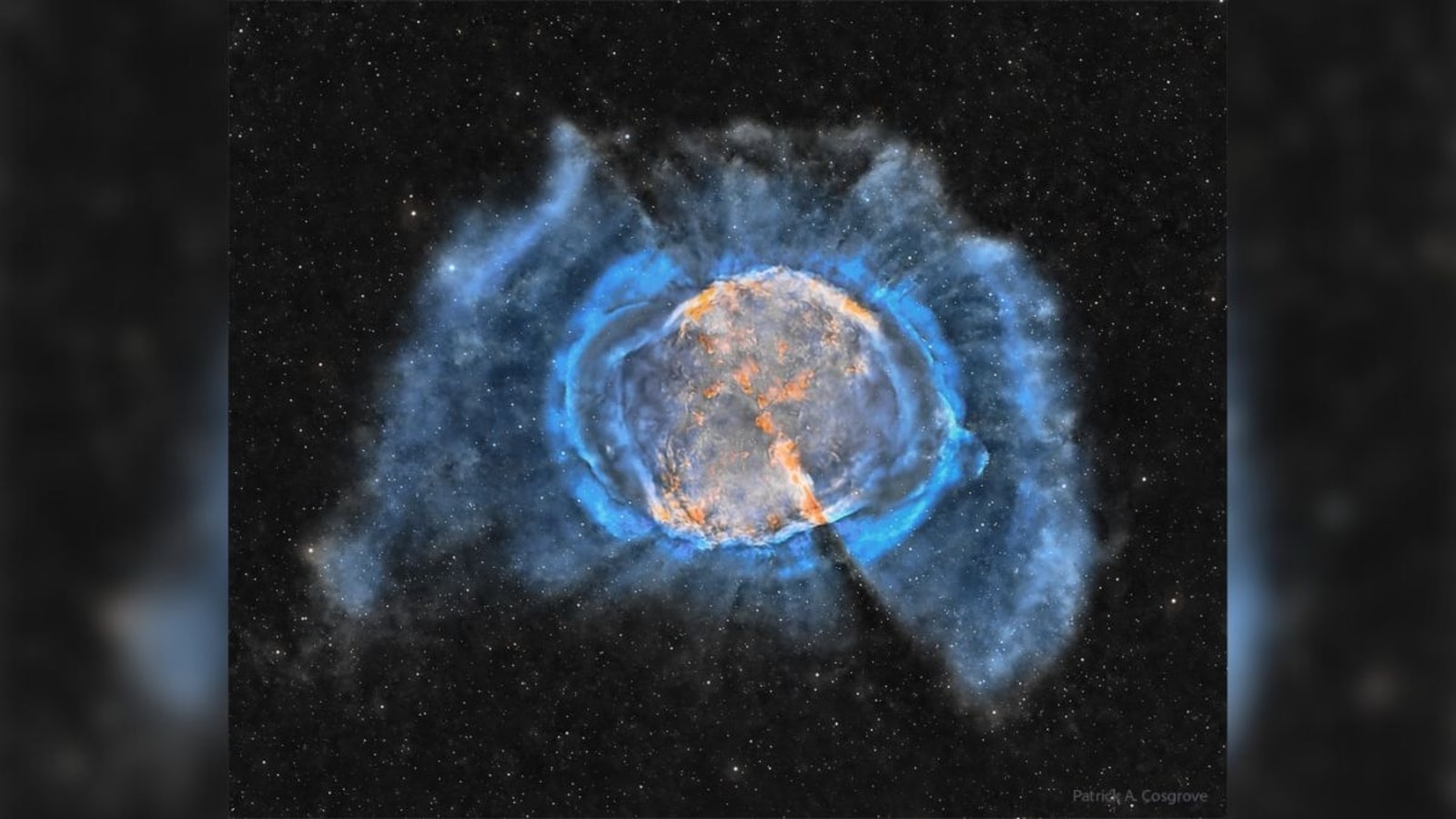
 View all Images
View all ImagesOver the past few months, we have witnessed several breathtaking but peculiarly-shaped nebulae, as part of NASA Astronomy Picture of the Day which is published on a daily basis. Although most nebulae belong to just three types - spherical, elliptical, and bipolar, some of them might be irregularly shaped, so much so that they resemble objects on Earth. Some of the most peculiar shapes include the Headphone Nebula, the Heart and Soul Nebula, and the Flying Ghost Nebula. For the unaware, a nebula is a star-forming region located in Interstellar space, which is the space between stars. It consists of gases, mainly hydrogen, and helium.
Today's NASA Astronomy Picture of the Day is planetary nebula M27, also known as the Dumbbell Nebula, which is located about 1360 light-years away towards the constellation of Vulpecula. The Dumbbell Nebula was the 27th object and the first ever planetary nebula discovered and catalogued by French astronomer Charles Messier in 1764, one of the most influential figures in the history of astronomy. The nebula is the result of an old star that has shed its outer layers in a glowing display of colour, according to NASA. With an apparent magnitude of 7.5, the nebula can be spotted with a small telescope most easily in September.
This awesome snapshot was captured by astrophotographer Patrick A. Cosgrove on the AP130 platform using the ZWO ASI2600MM-Pro camera.
NASA's description of the picture
Is this what will become of our Sun? Quite possibly. The first hint of our Sun's future was discovered inadvertently in 1764. At that time, Charles Messier was compiling a list of diffuse objects not to be confused with comets. The 27th object on Messier's list, now known as M27 or the Dumbbell Nebula, is a planetary nebula, one of the brightest planetary nebulae in the sky and visible with binoculars toward the constellation of the Fox (Vulpecula). It takes light about 1000 years to reach us from M27, featured here in colors emitted by sulfur (red), hydrogen (green), and oxygen (blue).
We now know that in about 6 billion years, our Sun will shed its outer gases into a planetary nebula like M27, while its remaining center will become an X-ray hot white dwarf star. Understanding the physics and significance of M27 was well beyond 18th-century science, though. Even today, many things remain mysterious about planetary nebulas, including how their intricate shapes are created.
Catch all the Latest Tech News, Mobile News, Laptop News, Gaming news, Wearables News , How To News, also keep up with us on Whatsapp channel,Twitter, Facebook, Google News, and Instagram. For our latest videos, subscribe to our YouTube channel.




























